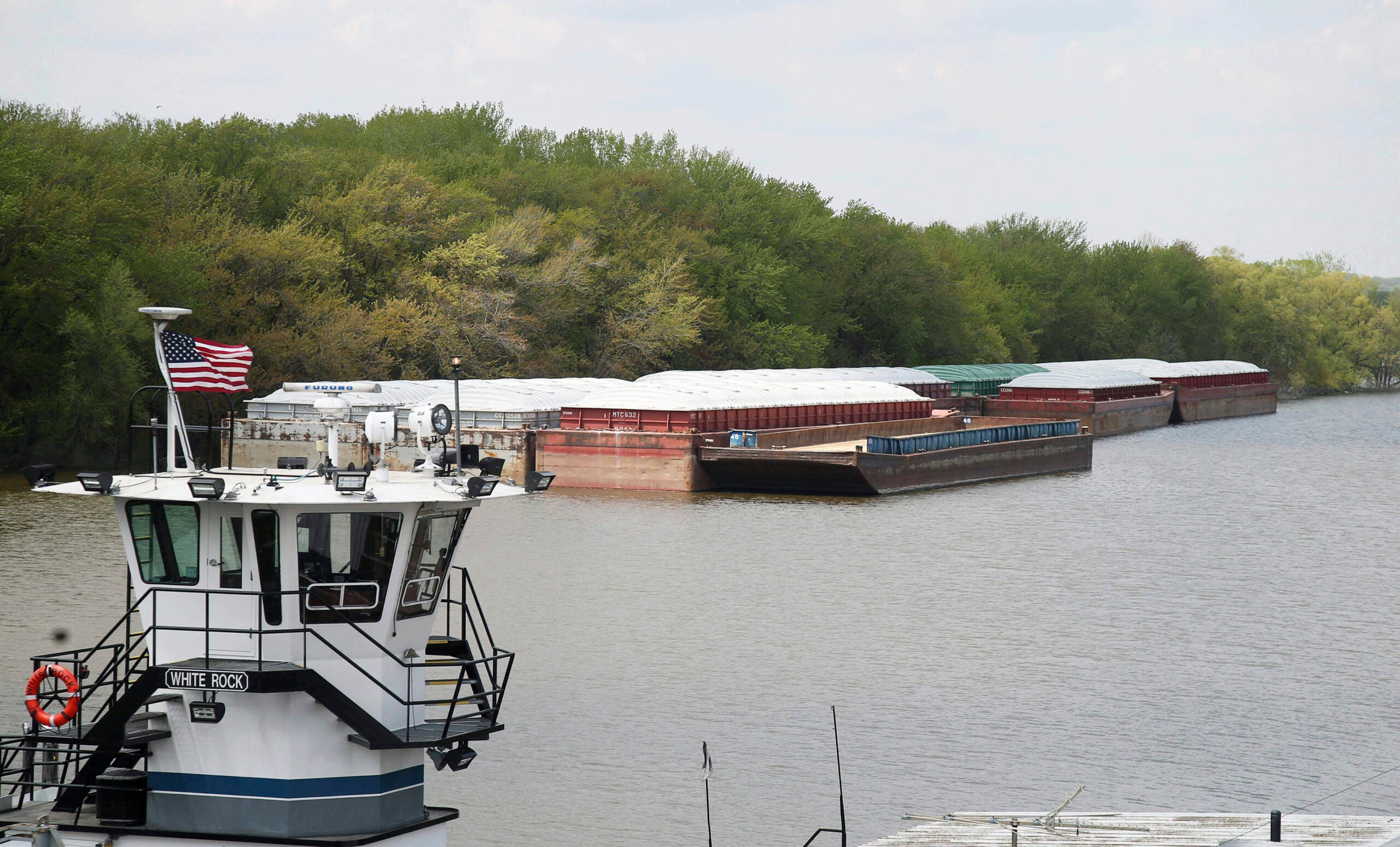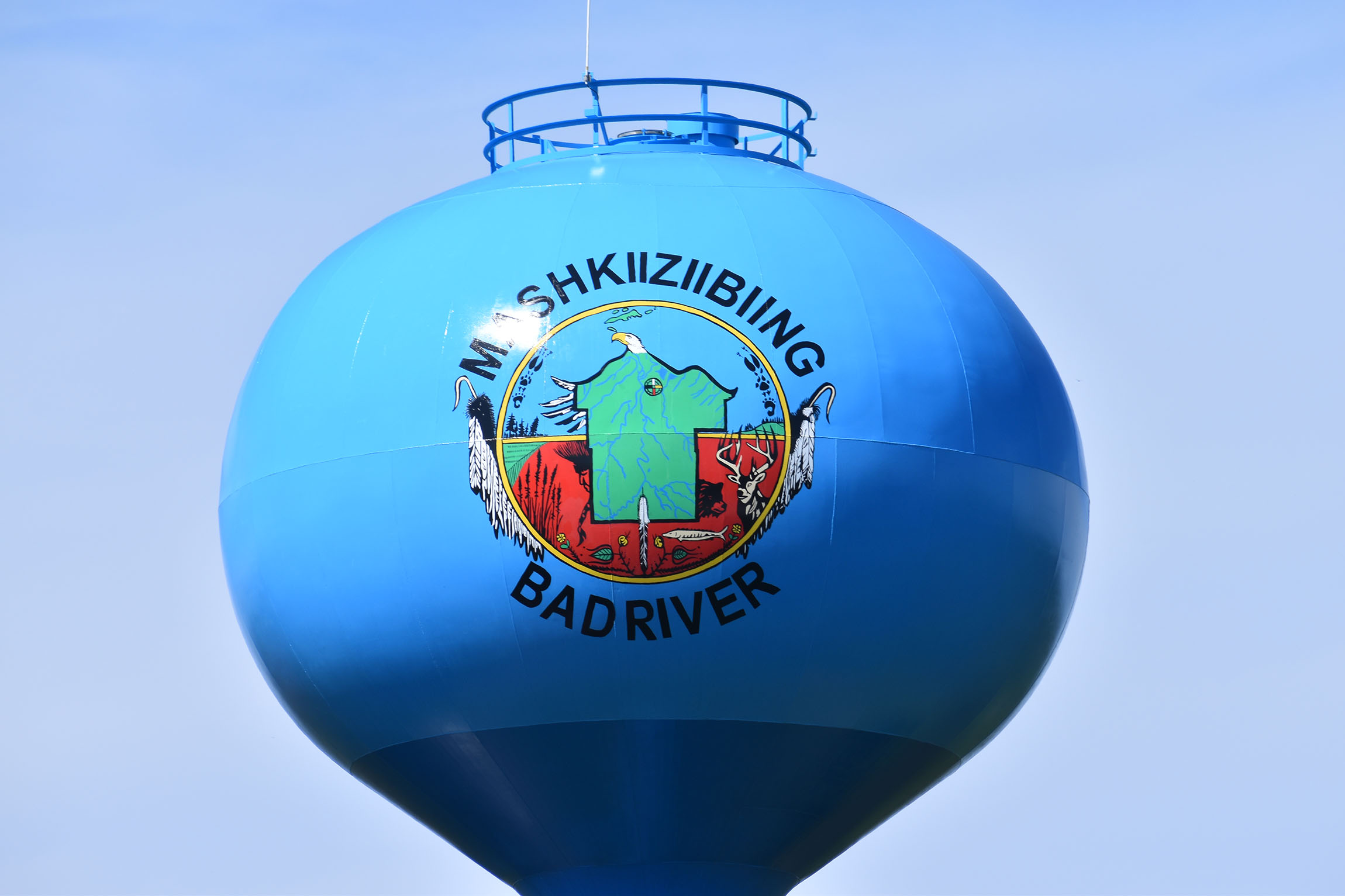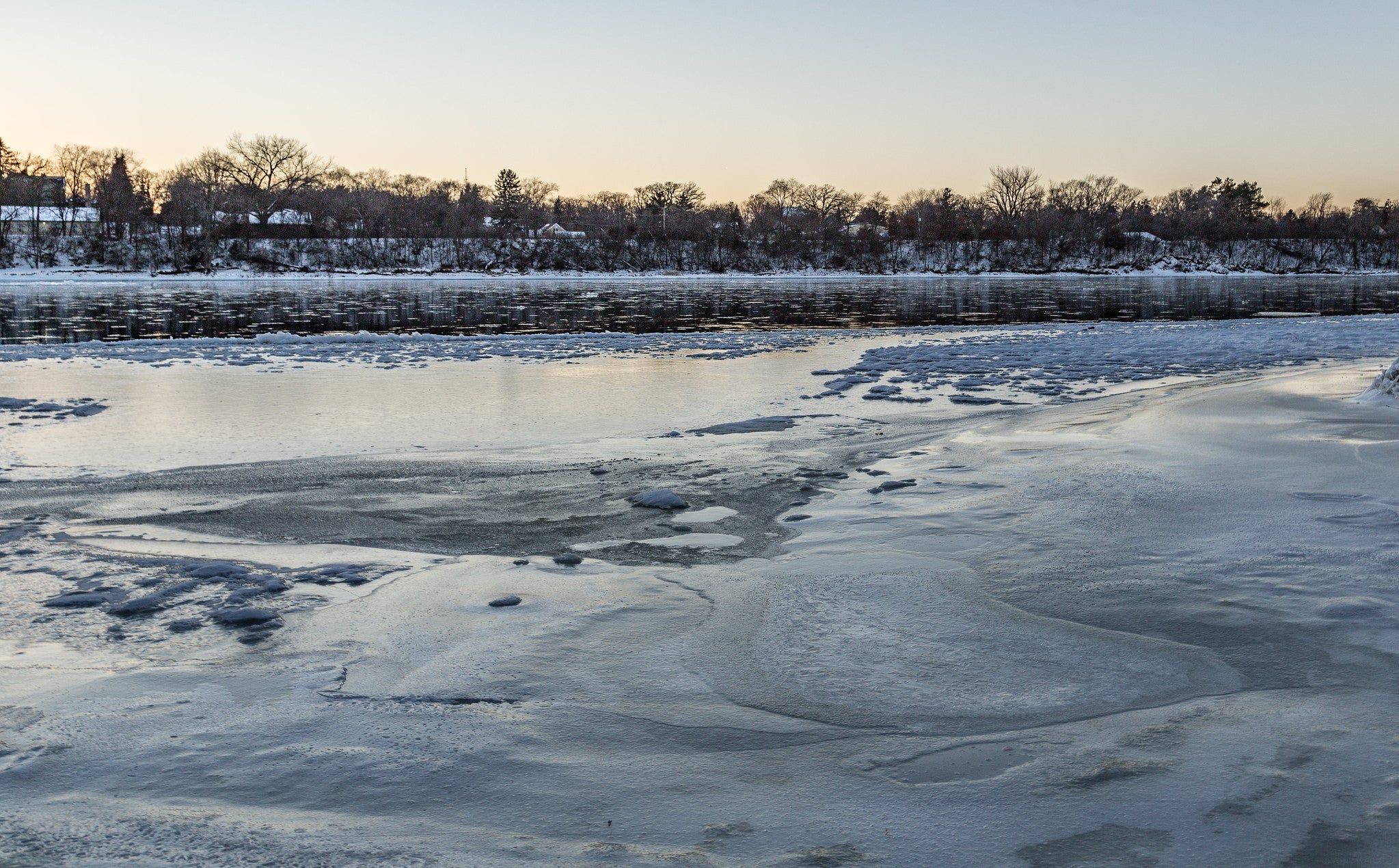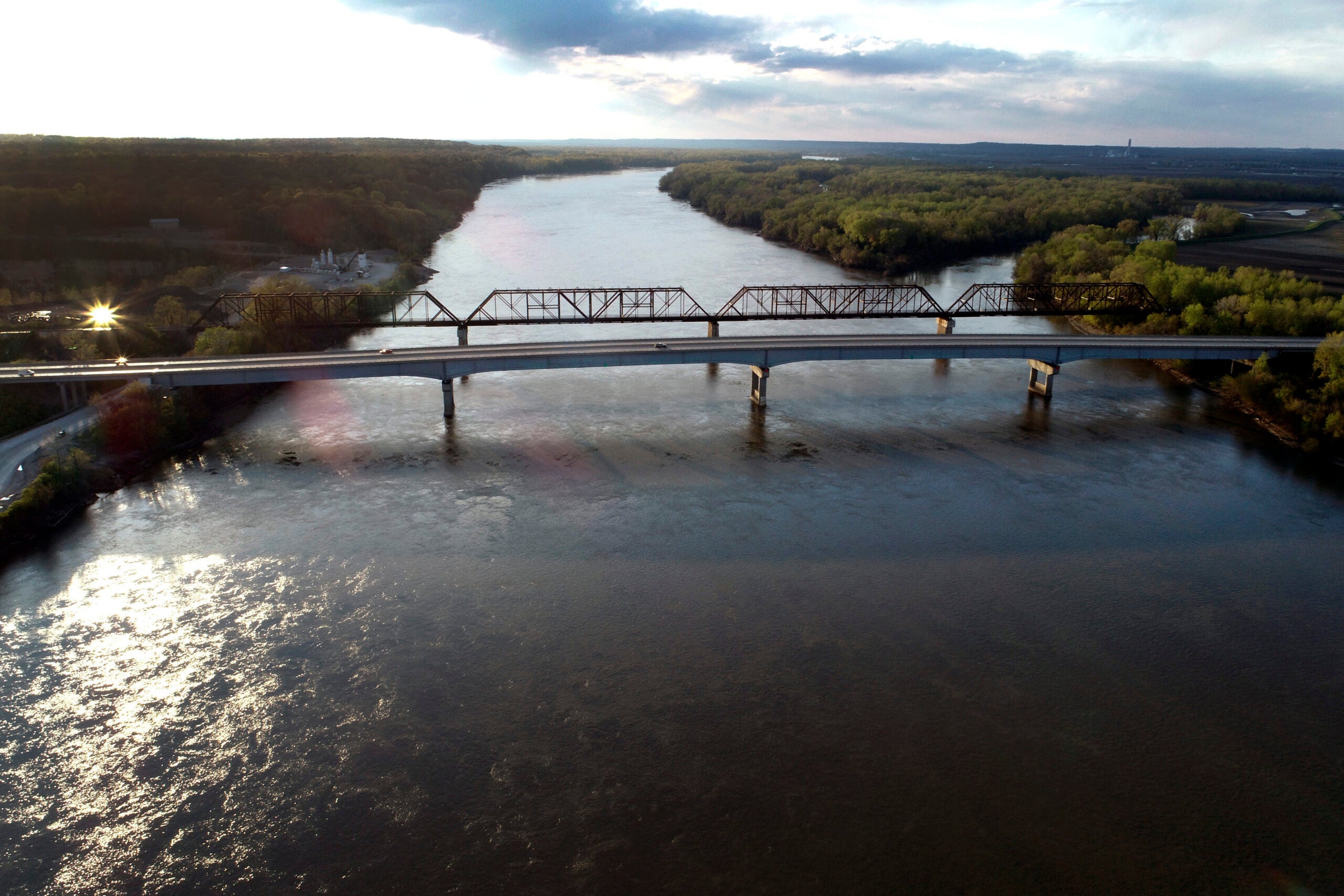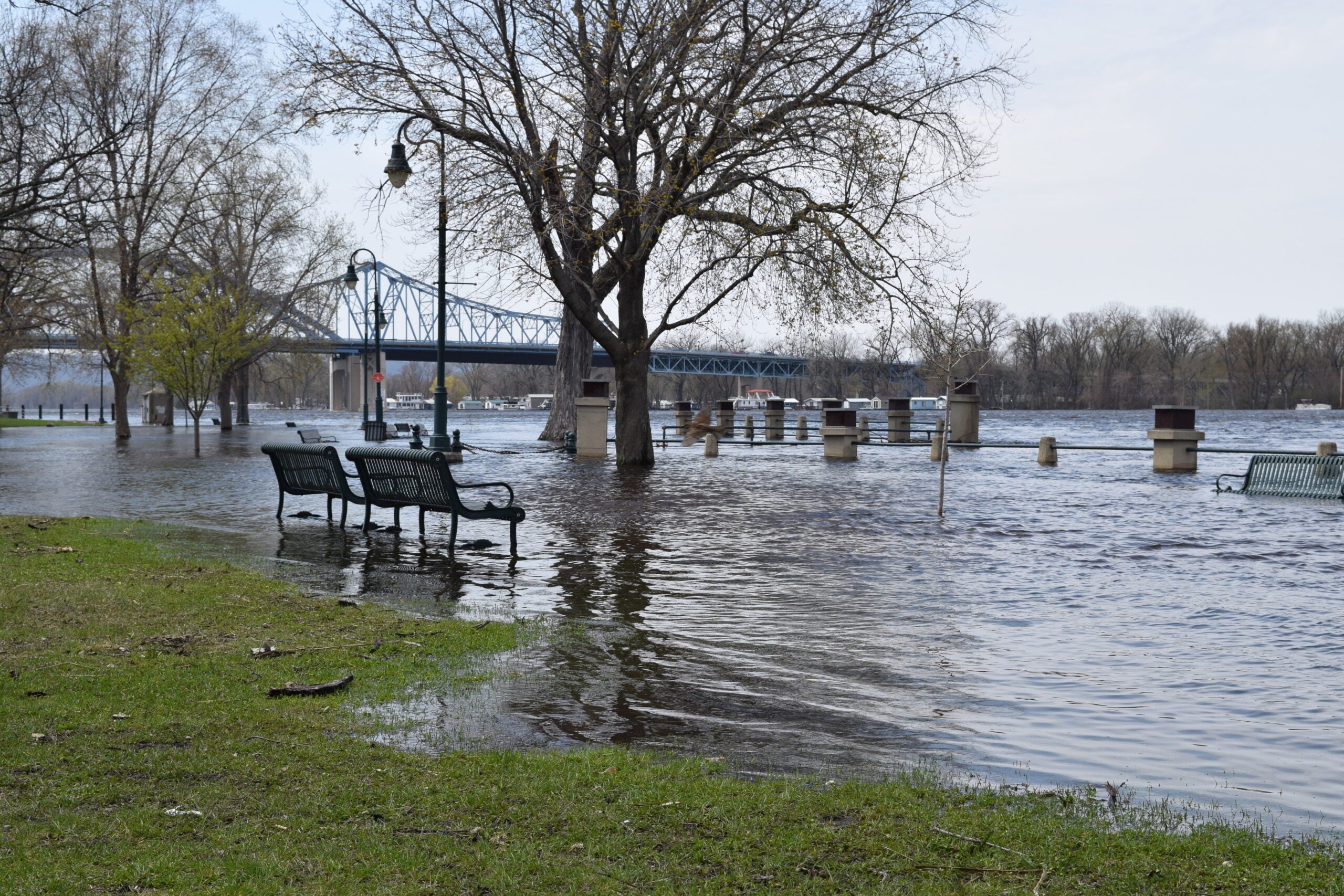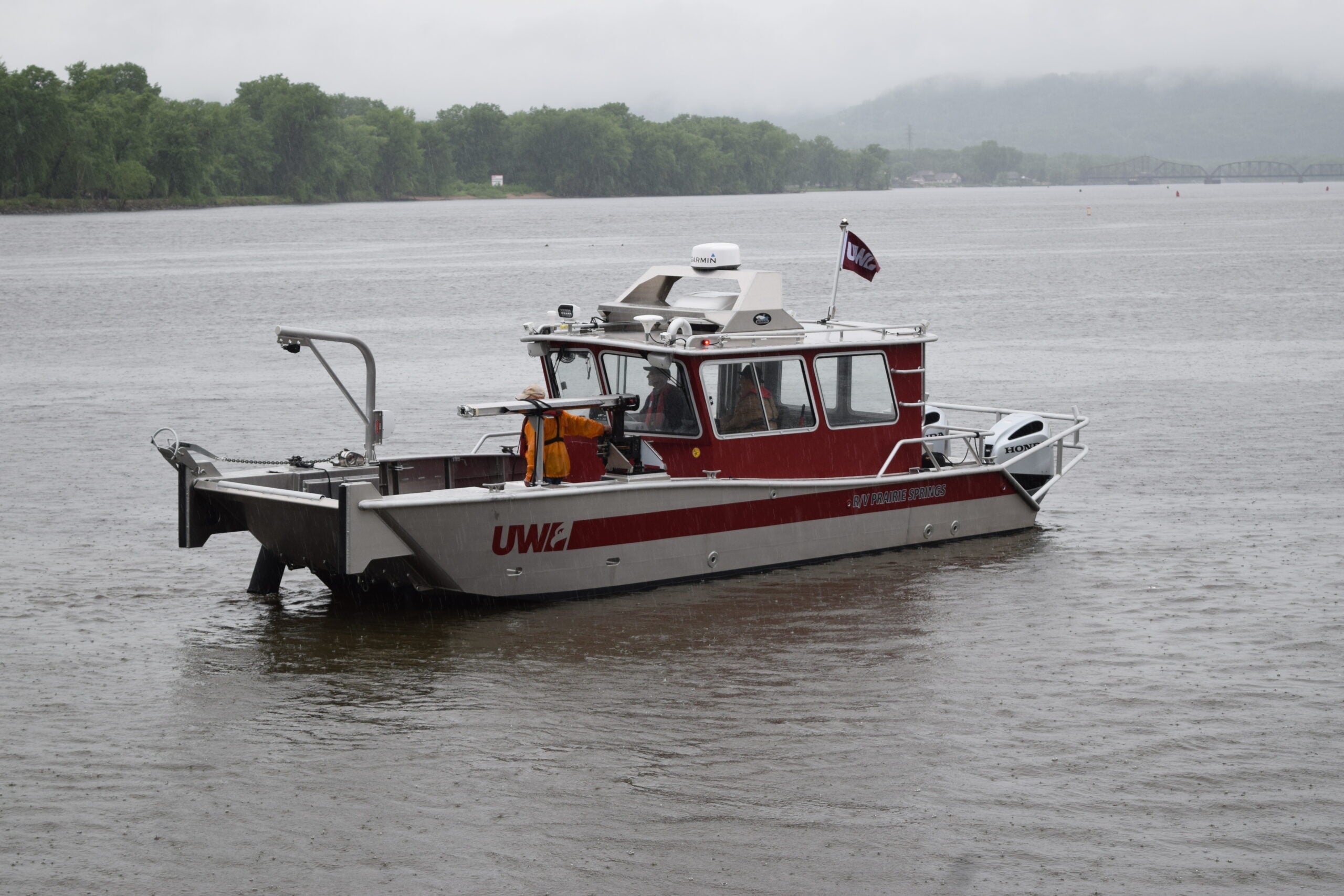Frequent flooding on the upper Mississippi River this year has slowed navigation and increased the need for dredging.
The flooding has flushed more sediment into the main navigation channel of the Mississippi River, said Dan Cottrell, dredging manager for the St. Paul District of the U.S. Army Corps of Engineers.
During a typical spring, Cottrell said the St. Paul District will have two or three locations that require dredging to get back to the required 9 feet depth.
Stay informed on the latest news
Sign up for WPR’s email newsletter.
“This year, we’ve seen probably a dozen to 14 of those locations,” Cottrell said. “With the surface (of the river) up, it’s not an immediate concern. But it’s certainly a concern because we have to dredge those locations before the surface comes down.”
Cottrell said it’s not just the significant snow pack from the winter or this spring’s rain that are behind the increased sediment. He said problems can be traced back to sustained wet weather last fall.
“It kind of loads the system with sediment. So even if the sediment isn’t out on the main channel, on the 9-foot navigation channel that we’re most focused on, it might be coming into the tributaries like the Chippewa River or the Black River or the Trempealeau River,” Cottrell said. “What we’re seeing is accumulation of all of that sediment brought into the system and then dropping out in our traditional dredging locations really at a level we haven’t seen in recent years.”
He said the Corps currently has five dredges operating in the area. But he said they aren’t rushing to dredge all locations until it appears water levels will actually fall for good.
“We want to make sure that what we’re doing is valuable to us and the taxpayer, as far as whether we’re going to have to come right back into it and do it again or if we can put that off and do it later so it can hold longer,” Cottrell said.
He said the Corps is still within their annual budget for dredging costs. The St. Paul District’s 2019 fiscal budget included $29 million for channel maintenance, which included dredging, planning for future channel improvements and dredged material management.
But if flooding continues to be an issue this year, Cottrell said dredging needs could require more resources and more space to store dredged material.
Barge towing companies and other industries that rely on the river for navigation have also felt the impact of long-term flooding this spring.
Doug Hosszu is president of the Upper Mississippi Waterway Association, a group representing shippers, waterway operators and related businesses in Wisconsin, Minnesota and Iowa. He said the sustained high waters have been unprecedented and lock closures near St. Louis mean river traffic is at a stand still.
“We say the operating season opened officially but that’s not necessarily true, we never got ramped up to full speed anywhere,” Hosszu said.
Even if the water starts to recede, he said the industry expects to wait even longer for the Corps to catch up on dredging. That could drive up prices for certain goods and eat away at the barge industry’s profits.
“It will be an increased cost and everything is going to be passed on to consumers,” Hosszu said. “There’s got to be ‘X’ amount of people who aren’t working because there isn’t work right now. Throughout the system, boats are tied up and not working.”
He said grain elevators and farmers have definitely been impacted because they can’t move last year’s grain to market or get in shipments of fertilizer. Hosszu said other industries like scrap metal or cement rely on the barges to move heavy materials.
While water levels on the Mississippi crested this weekend, the National Weather Service is currently predicting the river to slowly rise again over the next few days.
Wisconsin Public Radio, © Copyright 2025, Board of Regents of the University of Wisconsin System and Wisconsin Educational Communications Board.
